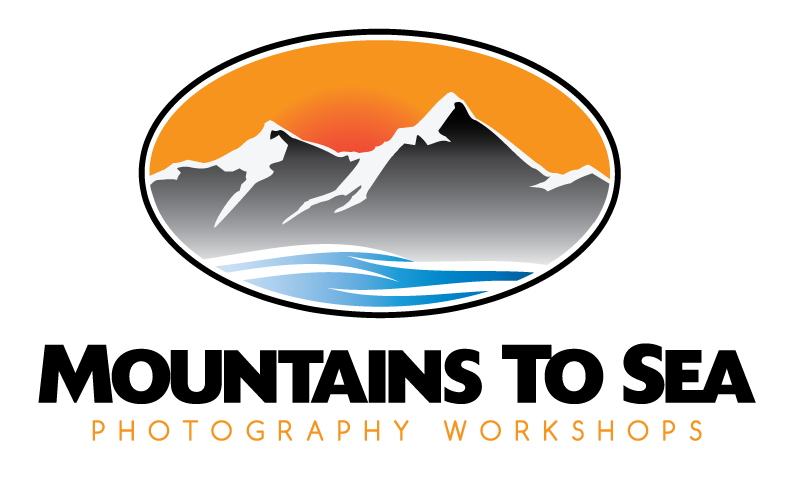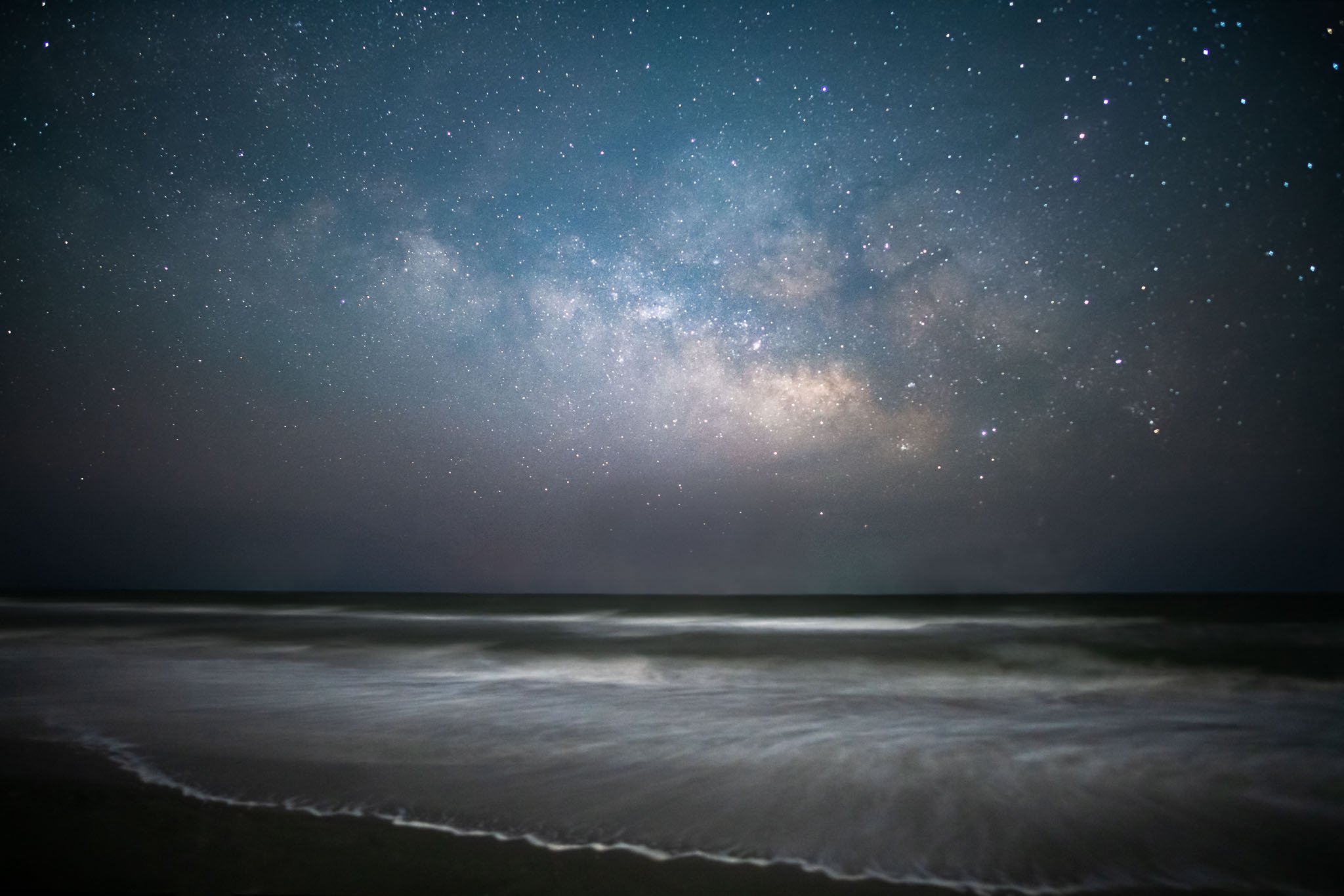Timing is Everything: Best Times of Year and Night for Capturing THE MILKY WAY
Fellow astrophotography enthusiasts and stargazers! Timing plays a crucial role in capturing awe-inspiring astrophotography images of the Milky Way and other celestial objects. Knowing when to venture out with your camera can make all the difference in achieving stunning night sky images. In this post, we'll help you navigate the cosmic calendar and determine the best times of year and night for photographing specific celestial phenomena. Let's embark on this astronomical adventure!
Photographing the Milky Way and nailing the timing to capture the galactic core
Milky Way and Galactic Core
The Milky Way's galactic core, featuring its densest concentration of stars and interstellar gas, is a highly sought-after subject in astrophotography. In the Northern Hemisphere, the best time to capture the galactic core is from late March to early October, with peak visibility between June and August. The core is generally visible from around midnight during the early season, but as the season progresses, it becomes visible earlier in the night. In the Southern Hemisphere, the core is visible from February to October, with the most extended visibility from April to August.
“peak visibility between June and August. The core is generally visible from around midnight during the early season, but as the season progresses, it becomes visible earlier in the night. ”
Meteor Showers
Meteor showers occur when Earth passes through the debris left behind by comets or asteroids. Some of the most popular meteor showers include the Perseids in August, the Geminids in December, and the Quadrantids in January. Meteor showers are typically best viewed after midnight, when the radiant point (the spot in the sky where meteors appear to originate) is higher in the sky. To increase your chances of capturing these celestial fireworks, plan your shoot during the meteor shower's peak and when the moon phase is favorable (new moon or crescent moon).
Lunar Phases and Eclipses
The moon's different phases and occasional eclipses offer unique photographic opportunities. A full moon can be challenging for astrophotography due to its brightness, but it's ideal for moonlit landscapes. Conversely, a new moon or crescent moon provides darker skies for capturing stars and the Milky Way. Lunar eclipses, both total and partial, occur when Earth's shadow falls on the moon, creating a stunning visual display. Check online resources or astronomy apps for dates and times of upcoming lunar eclipses.
Planetary Alignments and Conjunctions
Planetary alignments and conjunctions, when two or more celestial objects appear close together in the sky, can create striking compositions. Events such as the "Great Conjunction" of Jupiter and Saturn in December 2020 draw significant attention from both professional and amateur photographers. Planetary conjunctions occur at various times throughout the year and can be tracked using astronomy apps like Stellarium, SkySafari, or PhotoPills.
Capturing the Night Sky and stars with Cape Hatteras Lighthouse in OBX
Star Trails
Creating star trails by capturing the apparent motion of stars in the sky can result in mesmerizing images. Star trails are best photographed on moonless nights when the sky is at its darkest. In the Northern Hemisphere, aim your camera toward Polaris, the North Star, to create circular star trails around the celestial pole. In the Southern Hemisphere, use the Southern Cross and Pointers as a guide to locate the South Celestial Pole.
Aurora Borealis and Aurora Australis
The Northern and Southern Lights, or Aurora Borealis and Aurora Australis, are mesmerizing natural light displays caused by charged particles interacting with Earth's atmosphere. The best time to witness and photograph auroras is typically during the winter months when nights are the longest, although they can occur year-round. The ideal time to capture auroras is usually around midnight or during periods of high geomagnetic activity. Monitor aurora forecasts and geomagnetic indices, such as the Kp-index, for increased chances of witnessing these spectacular phenomena. Unfortunately for us in the Southern US aurora activity is hard to come by but lately it’s been getting extremely far south and very enticing.
A single frame in Charleston SC of the Milky Way rising over the beach
Understanding the best times of year and night to capture specific celestial events and objects is crucial for creating breathtaking astrophotography images. By planning your shoots around the cosmic calendar and optimizing your timing, you'll be well-prepared to seize the perfect moment when the sky puts on its most spectacular show. Remember, patience and persistence are key, as Mother Nature and the cosmos can sometimes be unpredictable. Embrace the journey, and may your astrophotography adventures be filled with clear skies and unforgettable moments. Happy shooting!




